World Leprosy day is observed internationally every year on the last Sunday of January to increase the public awareness of leprosy or Hansen's disease. Leprosy is a forgotten disease believed to be extinct, however, the statistics show that nearly 600 more people are diagnosed with and stop treatment for leprosy every day around the globe. The majority of new leprosy cases occur in India, Brazil, and Indonesia where the diagnosis is often delayed by limited access to health services or fear of stigma and discrimination.
Dr. Deepak Jakhar, Consulting Dermatologist, is an internationally acclaimed dermatologist with multiple awards, scholarships, and prestigious from organizations like the American Academy of Dermatology, and European Academy of Dermatology and Venereology. He also has more than 100 publications in various reputed journals and is one of the top young researchers in the field of Dermatology.
Contribution to the benefit of leprosy patients
Dr. Deepak speaks on his contribution to the benefit of leprosy patients and towards the eradication of leprosy in India, “I've been working with leprosy patients for the past six years now. I've worked in various institutions and throughout my life, right from my training, we have been trained to diagnose the disease, to counsel the patients, to see for the contact screening, then to make sure that these patients are getting the right treatment in a regular interval. We all know that MDT is the standard treatment for leprosy. So we make sure that these patients are coming on in at a regular interval to take their treatment. We also monitor these patients regularly and call them monthly to see the progression of the disease whether these patients are falling into complications like neuritis or deformities. And we also keep a track record of the progress of the disease, we keep the monitoring records in written as well as into the computerized systems about how the disease is progressing, how much they are improving. As of now, I think there are more than 10,000 dermatologists in India, and most of them are trained in consulting and taking care of these leprosy patients. And they found the major backbone of the various leprosy programs as far as the management of these patients is concerned. So, treatment is one aspect which we are taking care of, also we are taking care of is the fact that this disease is not getting spread into the community. We know that the goal is still far away from reached and I think there is a lot much to do about that,” he says.
Global elimination of leprosy was achieved in 2005 in India
Dr. Deepak sheds light on the subject, “When we see the progress of the various leprosy programs, there has been a global change. In the 1980s when we were seeing somewhere around 5 million cases per year, and we have been able to bring them down to approximately 200,000 new cases per year now, but it is also the fact that after reaching this particular goal, the global elimination of leprosy was achieved in 2005 in India. But since then, what we are seeing is that the decrease in the number of cases has been very little, and in fact, we have seen in some of the years, there has been an increase in the number of cases. So the word elimination has been mistaken by the people as well as some of the stakeholders, elimination does not mean that we have eliminated this disease, it simply means that it is still prevalent, but the prevalence of this disease is less than one per 10,000 of the population, given the size of the Indian population, which is in crores and if you multiply this number, we still have a major chunk of the disease in our country.
The second thing was when we are saying that we have eliminated leprosy, we are talking on a national level, which is not the case, as far as the district level is concerned. So, we should focus more on the district level elimination, because there are certain pockets in various states, which have a huge number of cases and probably the elimination was never achieved in those districts. Also, elimination does not mean eradication, eradication is altogether a different thing elimination means that it has just the prevalence is less than one per 10,000 of the cases. And we have seen in 2019 data, we still have new cases in India is around 1,14,451 new cases, which is a huge number. And to add to that, we still have 7859 child cases. Now, the importance of recognizing this huge number is the fact whenever we see that we have a child case in leprosy, we are indicating that new cases are coming up, the incidence is still there, these children are getting infected as well as, we are getting cases with grade two deformities, which indicates that there has been a delay in the diagnosis of these cases, which again is significant because if we are causing delay then somewhere the programs are failing in achieving the goal of reaching the people so that we can diagnose them early on, we can start them on treatment early on and we can prevent the deformities in these patients,” he says.
Removing discrimination and stigma of leprosy from the society
Dr. Deepak explains, “There were 108 discrimination cases which have been reported on WHO website worldwide in 2019, out of those 102 were from India. So more than 90% of the cases were from India, which means that we are having laws to identify these cases, reporting these cases, which is a good thing in my opinion. But I also would like to say that we need to have strict laws to remove these discriminations and stigmatization of leprosy from society altogether. Now, when I say stigmatization, we need to understand that it's at three levels:
Personal level- In the sense that the patient himself or herself assumes or perceives that he is having some deformity, and is not like a normal person. So he's stigmatizing himself. Relatives or peers, who say that you look different due to this deformity. The community, as a whole, sees these patients as different.
So I think we need to tackle all these different types of stigmatization, which are prevalent, and these can be tackled by the inclusion of these patients into the mainstream,” he says.
Research is on for Leprosy Vaccination
Dr. Deepak shares his views, “So the National Leprosy Eradication Program (NLEP) introduced this vaccine in 2016. And some of the trials conducted with this vaccine showed encouraging results. The efficacy of this vaccine may go up to around six to eight years post-vaccination, and the results were very encouraging for the children as compared to the adults. But mainstreaming this vaccination program into a national vaccination program would be a difficult task, because, we need to have more research and more robust data not only about the efficacy but also about safety. Second is the availability of the vaccine is still not widespread. Also, the cost, availability, and the research issues are preventing NLEP to implement this vaccination in all the children,” he says.
(Edited by Rabia Mistry Mulla)
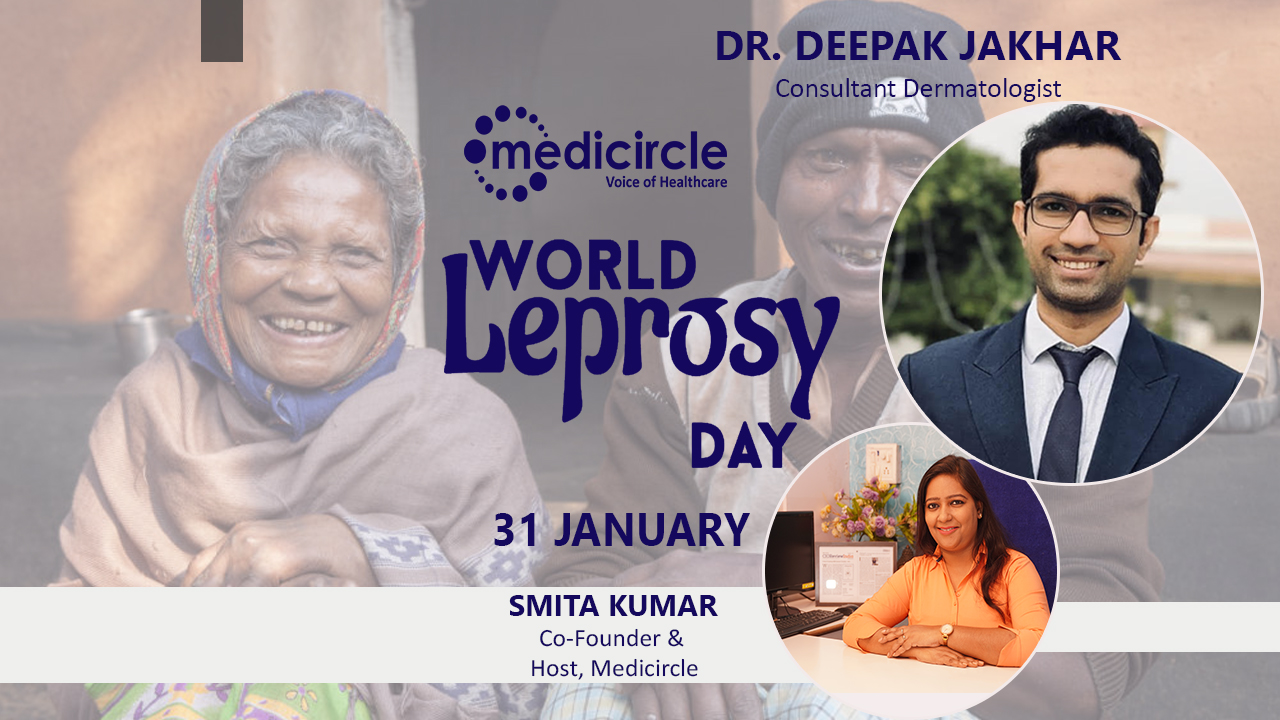
 “The prevalence of this disease is less than one per 10,000 of the population, given the size of the Indian population, which is in crores and if you multiply this number, we still have a major chunk of the disease in our country,†says Dr. Deepak Jakhar, Consulting Dermatologist.
“The prevalence of this disease is less than one per 10,000 of the population, given the size of the Indian population, which is in crores and if you multiply this number, we still have a major chunk of the disease in our country,†says Dr. Deepak Jakhar, Consulting Dermatologist.








.jpeg)


.jpg)
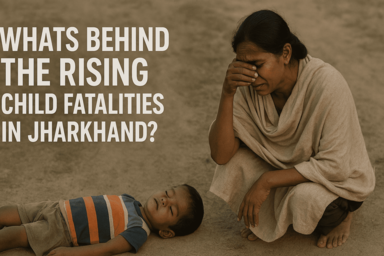
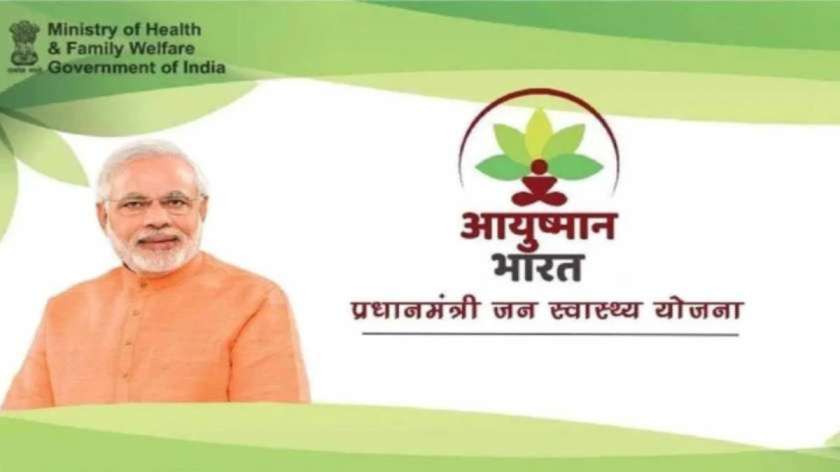





.jpeg)

.jpg)




.jpg)

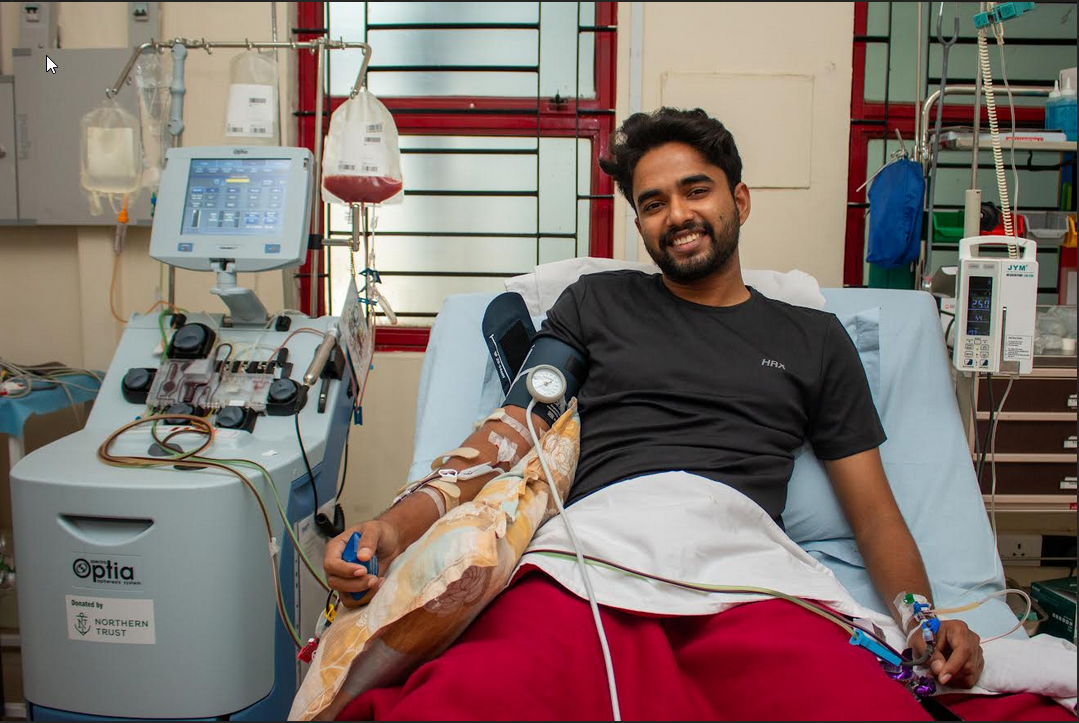

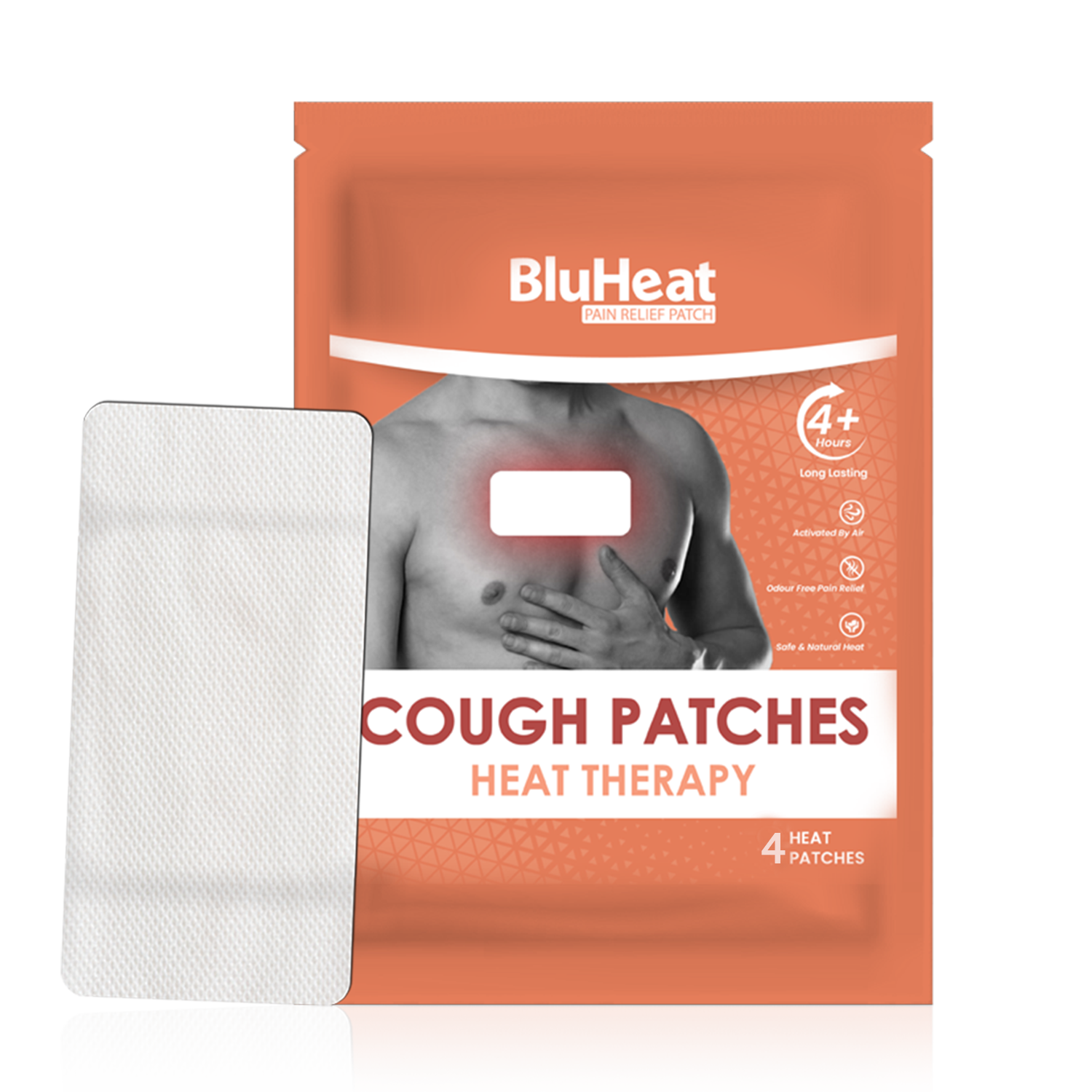
.png)

